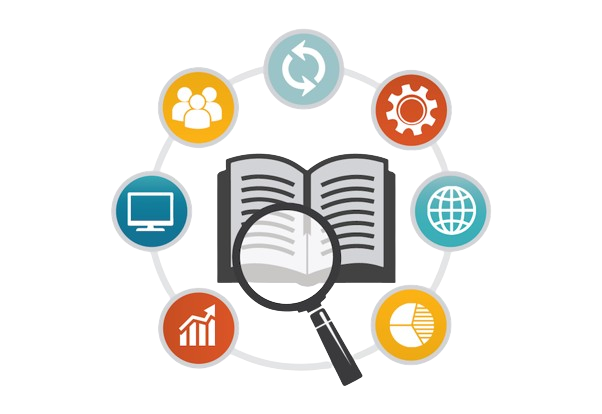Statistical analysis involves examining trends, patterns, and relationships within quantitative data. It is a crucial research method utilized by scientists, government agencies, businesses, and various other organizations.
Statistical analysis is an essential part of thesis writing, ensuring that your research findings are supported by data and presented with accuracy. By carefully choosing the right statistical techniques and interpreting the results, you can validate your research questions and contribute meaningful insights to your field of study. Properly conducted statistical analysis not only enhances the credibility of your thesis but also strengthens the overall impact of your research.

statistical analysis is vital in a thesis as it validates hypotheses, enhances data interpretation, and provides a robust foundation for conclusions and recommendations. It plays a crucial role in ensuring the accuracy, rigor, and credibility of research findings.

Statistical analysis allows researchers to test their hypotheses and determine whether their predictions about the data hold true. This validation is essential for establishing the credibility of the research findings.
By applying statistical techniques, researchers can extract meaningful insights from raw data. This helps in understanding complex relationships and trends that may not be immediately apparent.
Statistical methods enable researchers to make inferences about a larger population based on a representative sample. This generalization enhances the applicability of the research results to real-world scenarios.
Statistical analysis provides a solid foundation for decision-making in both academic and practical contexts. It equips researchers with evidence to support their claims and recommendations.
Statistical analysis helps uncover significant patterns and relationships among variables. This can lead to new insights and areas for further research, enriching the academic contribution of the thesis.
Provides summaries of your data (mean, median, mode, standard deviation) to describe the characteristics of your dataset.
Allows you to make predictions or inferences about a population based on your sample data (hypothesis testing, confidence intervals).
Examines the relationship between multiple variables, commonly used in complex research (e.g., multiple regression, factor analysis).



